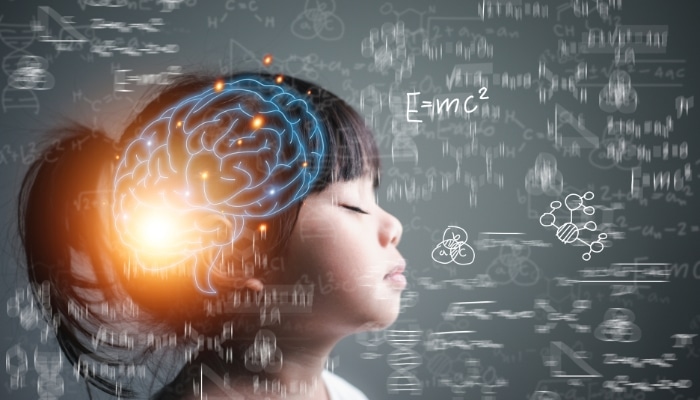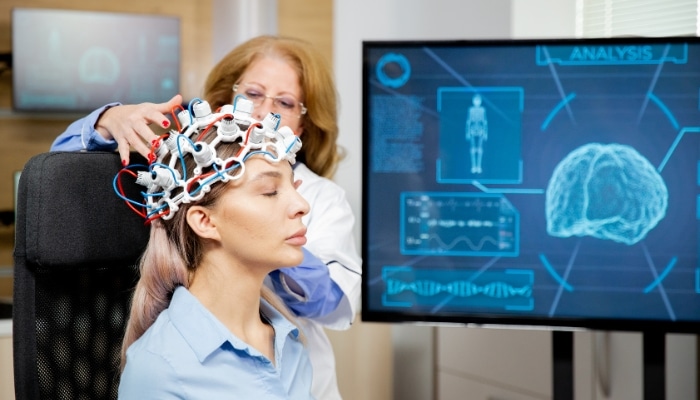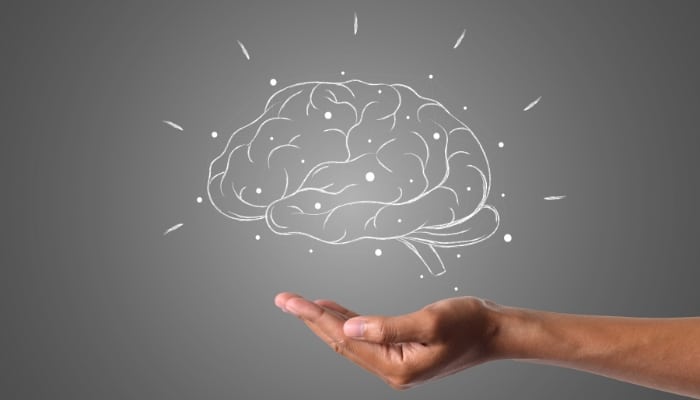4 min read
Neuroplasticity
Neuroplasticity, fundamentally, refers to the brain’s ability to change and adapt as a result of experience. This concept contrasts with the previously long-held notion that the brain’s structure was relatively immutable after childhood. Neuroplasticity encompasses changes in neural pathways and synapses due to changes in behavior, environment, neural processes, thinking, and emotions, as well as changes resulting from bodily injury.
The historical perspective of neuroplasticity reveals its gradual acceptance in the scientific community. Initially, the prevailing belief was that brain functions were localized and fixed. However, research and clinical observations, particularly in the 20th century, began to challenge this view. Pioneers like Donald Hebb contributed significantly with his theory that «neurons that fire together, wire together,» suggesting a synaptic basis for learning and memory, and hence, plasticity.

Mechanisms of Neuroplasticity
Neuroplasticity operates on several levels, ranging from cellular changes due to learning, to large-scale cortical remapping in response to injury. The primary mechanisms include synaptic plasticity, where the strength of synaptic connections is altered; and neurogenesis, the process of generating new neurons.
Synaptic plasticity is a core concept in neuroplasticity, exemplified by Hebbian theory. It suggests that the increase in synaptic strength through repeated activity enhances the ability to learn and remember. Long-term potentiation (LTP) and long-term depression (LTD) are key processes involved in synaptic plasticity.
Neurogenesis, once thought impossible in adults, has been shown to occur in specific brain regions like the hippocampus. This process is vital for memory formation and learning. Furthermore, cortical reorganization, where functional areas of the brain can shift in response to changes in sensory input or in the aftermath of injury, highlights the adaptability of the brain.
Factors Influencing Neuroplasticity
The brain’s plasticity is influenced by various factors, including age. While it’s true that the young brain exhibits a higher degree of plasticity, recent research shows that adult brains retain significant plasticity. Environmental factors and experiences also play a crucial role. Stimulating environments, learning experiences, and physical activities can enhance brain plasticity.
Furthermore, the impact of injuries and the brain’s capacity for recovery demonstrate neuroplasticity. Following injuries like strokes or traumatic brain injuries, the brain often reorganizes itself to compensate for lost functions or to maximize remaining functions, highlighting its adaptive capabilities.
Neuroplasticity and Learning
Neuroplasticity is fundamentally intertwined with the process of learning. Every time we learn something new, whether it’s a physical skill like riding a bike or a cognitive task like solving a math problem, our brain changes in response. This adaptability is at the heart of how we grow and evolve throughout our lives.
1. Learning New Skills and Brain Changes: When we learn a new skill, our brain undergoes several changes. Initially, this learning involves the formation of new connections between neurons. As we practice the skill, these connections become stronger and more efficient, a process known as synaptic plasticity. This is evident in studies that show changes in brain activity patterns when individuals learn new languages, musical instruments, or even juggling.
The brain’s structure can also change in response to learning. For instance, the hippocampus, known for its role in learning and memory, can increase in volume in response to learning. Moreover, the gray matter density in certain brain areas can increase, indicating a greater number of synaptic connections.
2. Memory Formation and Retention: Memory formation and retention are critical components of learning. Neuroplasticity plays a crucial role here, as the repeated activation of certain neural pathways strengthens them, making it easier to recall information or perform a task. This is seen in the phenomenon of ‘muscle memory’, where repeated physical practice leads to effortless execution of complex tasks.
Long-term potentiation (LTP) is a lasting increase in signal transmission between two neurons that results from their simultaneous activation. LTP is considered one of the major cellular mechanisms that underlies learning and memory. It exemplifies how synaptic connections are strengthened over time with repeated use, enhancing our ability to learn and remember.
3. Challenges in Learning and Neuroplasticity: Learning new skills and retaining information can be challenging, particularly as we age. Although neuroplasticity continues throughout life, the rate of creating new neural connections slows down in adulthood. This slowdown can impact the speed and efficiency of learning new skills or information.
However, research suggests that engaging in challenging and novel activities can stimulate neuroplasticity even in older adults. Activities that involve complex mental engagement, such as learning a new language or playing a musical instrument, can be particularly beneficial in maintaining and enhancing neuroplasticity.
4. Impact of Lifestyle on Learning and Neuroplasticity: Lifestyle factors such as diet, exercise, and sleep also significantly impact neuroplasticity and learning. A healthy diet and regular exercise have been shown to promote neurogenesis and enhance cognitive function. Similarly, adequate sleep is crucial for memory consolidation, a process where short-term memories are converted into long-term ones.

Neuroplasticity in Rehabilitation
The role of neuroplasticity in rehabilitation, especially after brain injuries or strokes, is profound. Rehabilitation techniques leverage the brain’s plastic nature to aid recovery and improve functional outcomes. After a brain injury, such as a stroke, certain brain areas may be damaged and lose their function. Rehabilitation focuses on retraining other parts of the brain to take over these functions.
Various techniques, including physical therapy, occupational therapy, and speech therapy, are employed, depending on the nature of the injury. These therapies encourage the brain to rewire itself and form new connections. For example, constraint-induced movement therapy, which involves restricting the use of an unaffected limb to encourage use of a weakened or affected one, can lead to significant improvements in motor function.
Neuroplasticity in Mental Health
The implications of neuroplasticity extend to the treatment of mental health conditions such as depression, anxiety, and other disorders. Traditional views held that these conditions were the result of fixed neurological patterns or chemical imbalances. However, the understanding of neuroplasticity has opened the door to new therapeutic approaches.
Treatments like Cognitive Behavioral Therapy (CBT) utilize the principles of neuroplasticity, as they aim to change patterns of thinking and behavior, which in turn can lead to changes in brain activity and structure. Mindfulness and meditation have also been shown to affect brain regions related to attention, emotion regulation, and self-awareness, offering another avenue where neuroplasticity plays a role in mental health treatment.

Challenges and Controversies in Neuroplasticity
While neuroplasticity offers immense potential, it also comes with its set of challenges and controversies. One significant challenge is the brain’s capacity for change, which can vary greatly among individuals and is influenced by factors like age and the severity of brain injury.
There are also ethical considerations, particularly with the emerging ability to manipulate brain activity and function, potentially raising questions about identity and autonomy. Misconceptions about neuroplasticity, such as oversimplified notions of «rewiring» the brain, can lead to unrealistic expectations about the speed and extent of recovery from brain injuries or mental health disorders.
